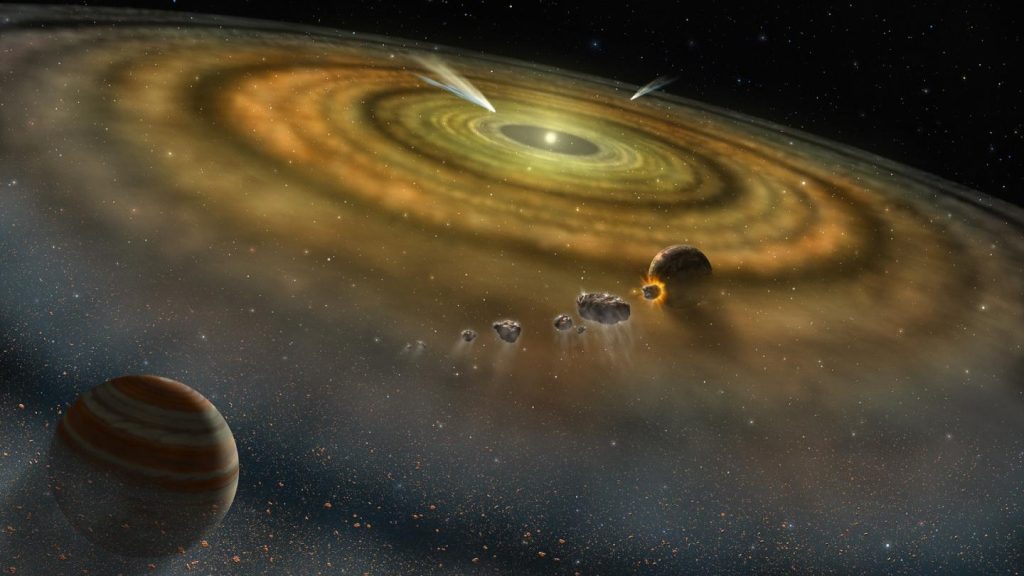The researchers believe they have been able to document an important moment in the formation of the planet.
A group of experts reportedly believe they have been able to observe an asteroid impact in an alien star system IFLScience. Credit for this potential discovery goes to the James Webb Space Telescope (JWST).
20 years ago, the Spitzer Space Telescope was used to examine the star Beta Pictoris, which is 63 light-years away from us, and a large amount of dust was detected in the object. They searched for the same material with Spitzer's successor, the James Webb Space Telescope, but surprisingly failed to find it.
Christine ChenHis colleagues, from Johns Hopkins University, believe the dust was pushed away by the young star's radiation, and the material cooled and was no longer detectable. This also means that dust is not always in the system, and must be caused by something exceptional.
The Beta Picturis system is young, about 20 million years old, and this probably occurred as part of planetary formation. “Beta Pictoris is at an age where planet formation is still occurring in the rocky planet region through giant asteroid impacts, so what we're seeing here is basically how rocky planets and other celestial bodies are forming in real time,” Chen said.
The research team believes that the collision released a huge amount of dust. Beta Pictoris already has two gas giants, but experts don't know the rocky planet exists.
Similar investigations could help us understand how common formation processes are for rocky and gas planets and systems similar to the solar system.












































